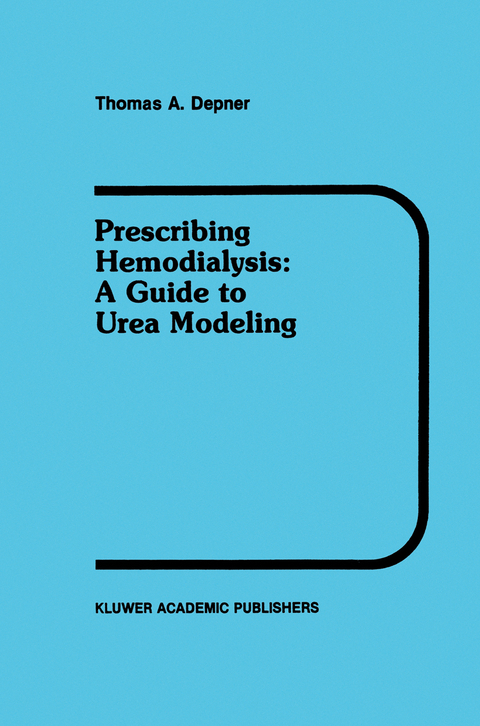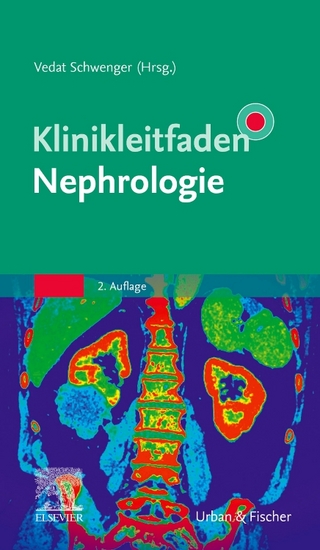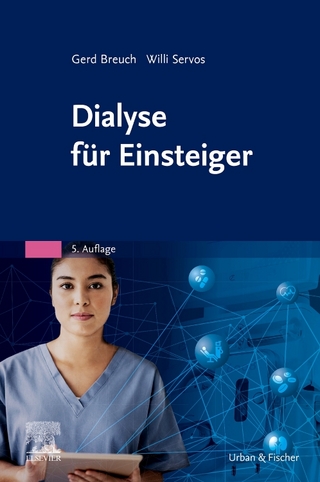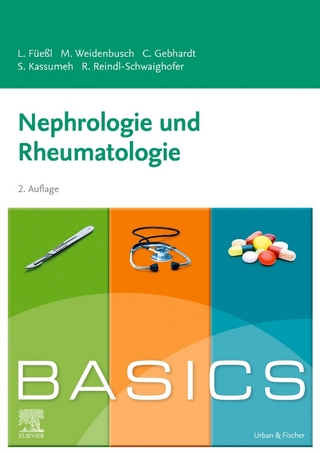
Prescribing Hemodialysis
Springer-Verlag New York Inc.
978-1-4612-8811-4 (ISBN)
1. Uremic Toxins & Dialysis.- The uremic syndrome.- Role of protein nitrogen metabolism.- Clinical measurement of uremia.- Effect of dialysis on the uremic syndrome.- Proposed uremic toxins.- Alternatives to the single-toxin theory.- Protein and tissue binding of proposed uremic toxins.- Toxic contributions of dialysis itself.- Where urea fits into the toxin theories.- 2. Urea Metabolism: Clinical Chemistry of Urea.- Excretion of nitrogenous waste products: comparative physiology.- Biochemistry of urea.- Inborn errors of urea metabolism: urea cycle enzymopathies.- Urea transport.- Nitrogen recycling.- Methods of urea measurement.- The toxicity of urea.- 3. Urea Modeling: Introduction.- Definition of modeling.- Evolution of urea modeling.- Why urea instead of other solutes?.- Quantifying hemodialysis therapy.- Quality assurance programs and urea modeling.- Urea modeling development and techniques.- What is the purpose of urea modeling?.- Urea modeling for high-flux, short-duration dialysis.- What clinical data are provided by urea modeling?.- Significance of the urea distribution volume (V).- Significance of the urea nitrogen generation rate (G).- Components of the dialysis prescription.- Measures of prescription effectiveness.- 4. Single-Compartment Model.- Models for hemodialysis urea kinetics.- Overview of kinetic analysis.- Laws of diffusion.- First-order kinetics: clearance, rate constant, half-life, and exponential decline.- The single-compartment model.- Constant-volume model, three BUN measurements.- Evaluation of the constant-volume model.- Variable-volume model, three BUN measurements.- Source code for the variable-volume model, three BUN values.- Two-BUN method, variable volume.- Comparison of the two-BUN method with the three-BUN method.- Source code for thevariable-volume model, two BUN values.- 5. Multicompartment Models.- Urea compartments in normal humans.- Limitations of the single-compartment model.- Description of the two-compartment model.- Site of urea generation.- Postdialysis rebound in urea concentration.- Two-compartment modeling techniques.- Solutions to equations for the two-compartment model.- Graphic description of the two-compartment model.- High-flux dialysis and two compartments.- Solutes with low mass transfer coefficients.- Measuring the intercompartment mass transfer area coefficient.- A comparison of one-compartment with two-compartment models.- The direct quantification method.- Impact of pool number on calculated variables.- Determinants of postdialysis urea rebound.- Two-compartment model with variable ECF volume.- Two-compartment model with variable ECF and ICF volume.- The magnitude of intracellular swelling.- Additional compartments.- Recommendations regarding modeling with one versus two compartments.- Blood sampling techniques and precautions.- 6. A Practical Solution: Ureakin.- Value of the computer program.- Description of the program.- Theoretical basis for the program.- Conventions and assumptions.- Files and file extensions used by UREAKIN.- Options available from the main menu.- Refinements to UREAKIN.- 7. Refinements and Application of Urea Modeling.- Measuring blood urea concentrations.- Compensation for blood and plasma water content.- Dialyzer urea clearance.- Effect of fluid balance on kinetic measurements.- Recirculation of dialyzer venous blood.- Residual (native kidney) urea clearance: its significance.- Simplified methods for urea modeling.- 8. Measuring Dialysis: How Much is Enough?.- Historical methods.- Kt/V: A yardstick for dialysis therapy.- Measuring dialysis outcome.- The adequacy of dialysis.- Comparing dialysis outcome with the prescription.- 9. Examples of Urea Modeling.- Case 1: Expected results in an average adult patient.- Case 2: A case with no residual function and no weight gain between dialyses; the effect of changing Kd..- Case 3: The patient with significant residual renal function (Kr).- Case 4: Effects of habitually large weight gains between dialyses.- Case 5: The patient with high protein intake.- Case 6: The patient with low protein intake.- Case 7: The patient treated with high-flux dialysis.- Case 8: The patient whose dialyzer clearance (Kd) varies from the expected clearance.- Case 9: Small patients and the pediatric patient.- 10. The Future.- Dialysis versus other treatments for end-stage renal failure.- Outcome parameters for high-flux dialysis.- More complex models.- Modeling other solutes.- Better markers for uremia.- Improved blood flow monitoring.- Dialysate modeling.- Real-time monitoring of urea kinetics.- Urea modeling from the total-care perspective.- Appendicies.- Appendix A. Source code for a single-compartment, variable-volume model: three-BUN method.- Appendix B. Source code for a single-compartment, variable-volume model: two-BUN method.- Appendix C. Source code for a two-compartment, fixed-volume model.- Appendix D. Numerical solution for a two-compartment, variable-ECV model.- Appendix E. Description of a two-compartment, osmotic model with variable ECV and ICV.- Appendix F. Interpreting the results of urea modeling.- Appendix G. Useful equations.- Appendix H. Examples of data collection forms.- Appendix I. Examples of modeling reports.
| Reihe/Serie | Developments in Nephrology ; 29 |
|---|---|
| Zusatzinfo | XXIV, 292 p. |
| Verlagsort | New York, NY |
| Sprache | englisch |
| Maße | 155 x 235 mm |
| Themenwelt | Medizinische Fachgebiete ► Innere Medizin ► Nephrologie |
| ISBN-10 | 1-4612-8811-8 / 1461288118 |
| ISBN-13 | 978-1-4612-8811-4 / 9781461288114 |
| Zustand | Neuware |
| Haben Sie eine Frage zum Produkt? |
aus dem Bereich


